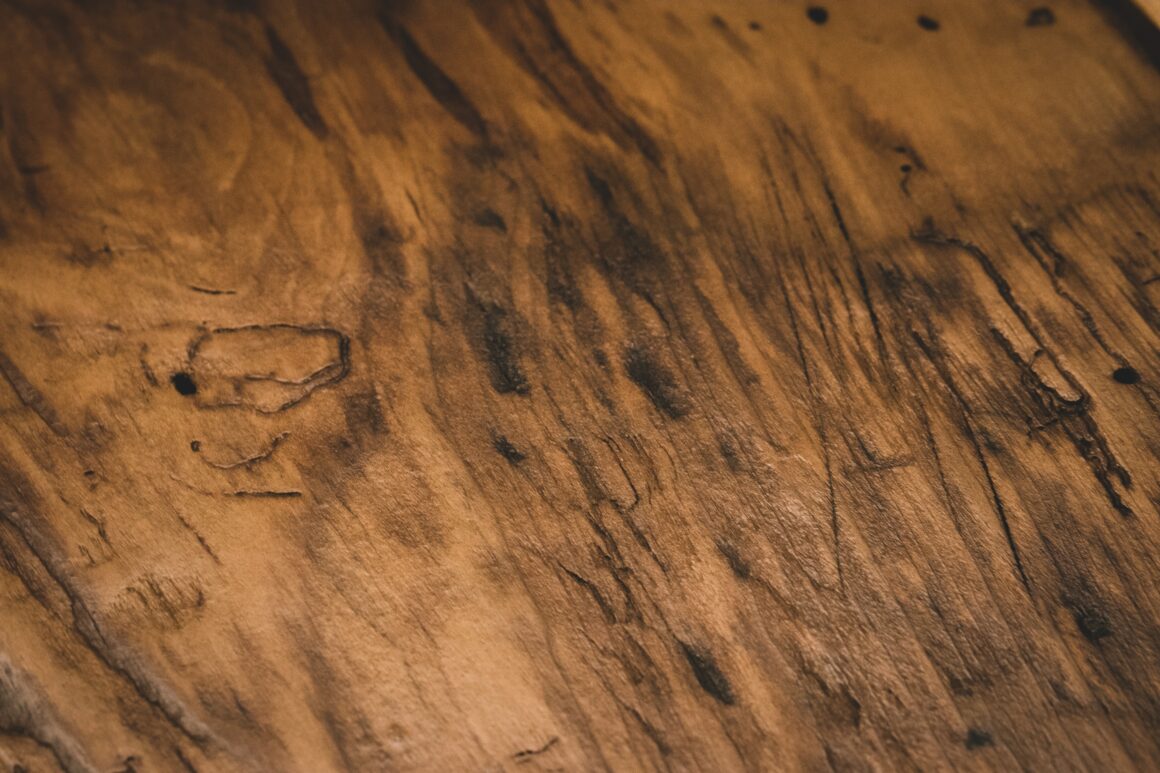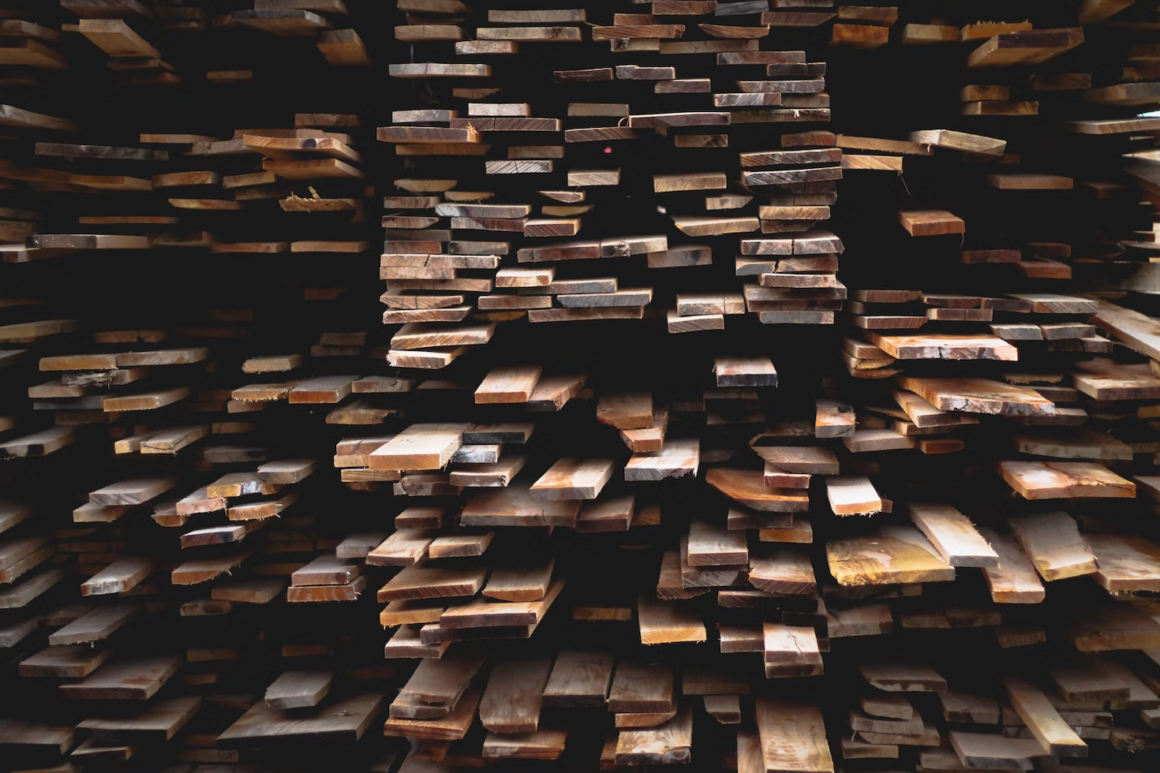
Buying Guide for Reclaimed Wood

Reclaimed wood is exactly what it sounds like: wood that once served a purpose that is no longer necessary. Resourceful scavengers, also known as reclaimed wood dealers, find – or reclaim – this wood from old barns, factories, homes, schools, churches, and railroad cars.
Then, someone like you can revitalize the reclaimed wood by transforming it into something new, such as a reclaimed wood wall, a picture frame, or a dining room table. Really, the options are limitless for repurposing reclaimed wood to create a unique statement about your style.

Beyond keeping a precious natural resource in circularity, there is also a lot of function and versatility to using upcycled wood in home design.
In this guide, we’ll explain the sustainability of reclaimed wood, where to buy it, and what to look for when you purchase. In addition, we’ll give a few key ways reclaimed wood can be used in a build-out.
Impact Of Reclaimed Wood vs. Virgin Wood
For many, reclaimed wood is an environmentally responsible alternative to wood sourced from farms that are unfriendly to the ecosystem.
Environmental Impact
The United States Forest Service reports that virgin lumber uses 11-13 times more energy in its total lifecycle compared to reclaimed wood. In addition, global warming potential was 3-5 times higher when using new lumber over upcycled options.
Using reclaimed wood is also allowing existing forests to continue sequestering carbon – a hugely useful service living trees provide to prohibit harmful carbon emissions from being unleashed into the atmosphere.
Trees sequester carbon during their life by pulling CO2 from the atmosphere and storing it in their mass, roots, and surrounding soil until the tree burns or decomposes, at which point CO2 is re-released into the atmosphere.
When trees are cut down, the stored carbon in the tree is released into the air as CO2, which is how deforestation contributes to climate change. When drivers of deforestation, for example, when trees are used for the raw products that become our building materials, they are responsible for about 20% of global greenhouse gas emissions.

Quality Difference
After logging companies harvest lumber, they replace the trees with those that will grow quickly and in a condensed manner via fertilizers and overpopulation. For example, a rare longleaf heart pine can take up to 500 years to mature, unlike the more common yellow pine, which only takes 50 years.
The resulting wood looks very different from old-growth wood, which most reclaimed wood is generated from. It is typically not the same quality of grain and durability.
Durability
Unlike tree-farmed wood, reclaimed wood was sourced wild from nature, where its struggle for water, sun, and nutrients created a durable material.
Besides the age of the wood, the structure and look of reclaimed wood are different than new wood. Because old-growth wood has had a long period to expand and contract over different atmospheric conditions, making the rings of old wood tighter and closer together. This makes older wood much stronger and less likely to crack or split in the future.
Because of the fact it has fewer splits and cracks, reclaimed old growth planks of wood are often wider.

Why Reclaimed Wood
Aesthetics
In addition to its environmentally-friendly advantage, many types of repurposed wood can no longer be harvested due to regulations. Not only are you keeping carbon out of the atmosphere by choosing a renewed wood product, but you can also enjoy the color that age brings to wood. Old-growth wood offers a weathered look that is impossible to replicate via new resources.
Rare & Has History
Reclaimed wood has a history. How grand will it be to think that your reclaimed wood piece in or around your home could potentially be at least a hundred years old? This means a piece of wood that is 50-100 years old before being cut down was around when Thomas Jefferson was president. That makes it, quite literally, a historic piece of wood.
Where to Buy Reclaimed Wood
With unregulated venues like Craigslist, eBay, Etsy, and Facebook hosting reclaimed wood listings, it can be challenging to find authentic sellers. Unrealistic prices are a red flag. Your price point for reclaimed wood is between $5 to $20 per square foot, depending on the type of wood you’re buying.
Factors that play into the range of pricing include:
- The type of product
- Type of wood
- Overall condition
- Source of the wood
The best way to assure you are getting authentic reclaimed wood is to work with a reputable timber reseller. Only work with dealers who guarantee their reclaimed wood. Here are a few things to look for before you make your purchase.
- Ask for an FSC certification; this is a worldwide vetting that identifies genuine reclaimed wood that comes from sustainably managed forests.
- Ask questions. A truly experienced reseller will know every detail about the reclaimed wood they are selling and be appreciative of the history it possesses.
- Reputation is everything. Do your research, ask around, and look for positive reviews.

What to Look for in Reclaimed Wood
This may be one of the cases where a little damage is a good sign. Reclaimed wood often shows signs of rust, metal nails, and possibly stains or wear. This is a good sign that it is, in fact, reclaimed.
How Reclaimed Wood Is Refurbished
When you find a reclaimed wood dealer and your chosen reclaimed wood, your dealer will scrub clean the wood, as well as metal detect for nails. In all likelihood, your reclaimed wood will be cut from a large beam. From there, your dealer will plane, or smooth and shape, the wood after which your dealer should kiln-dry your reclaimed wood.
After air-drying for a century or two, your reclaimed wood may have warped. Thus, your wood will likely need millwork, especially if you’re using it indoors. Millwork refers to a wooden product, such as molding and flooring, produced in a mill.
To ensure your reclaimed wood doesn’t warp again, find a dealer who kiln-dries newly-planed wood. We don’t want your reclaimed wood floors to buckle. The kiln-drying also guarantees your wood doesn’t host termites.
It May Be A Long Game
If you find a rare wood, likely, it has not been kiln-dried yet. A slow process, kiln-drying involves heating the wood at low temperatures, which can take more than a year, depending on the size of the beam.

Ways To Use Reclaimed Wood In Home Design
Homeowners and interior designers choose reclaimed wood to bring character to a home or office. There’s something about an aged Douglas Fir planked floor that gives instant sophistication and class to any room.
Floors
Wood flooring is one of the main uses for reclaimed wood. Planks are often planed, varnished, and refurbished to bring new life to a new space. Because of the high volume, this can become a very expensive project, but worth its weight in history and lower environmental impact.
Ceiling Beams
A bold, heavy ceiling beam is a great way to draw the eye up and into space. They are great at bringing attention to thoughtful architectural details in a room.
Vintage Kitchen Island
A beautiful slab of reclaimed oak makes for a warm and homey centerpoint to a kitchen meant for gathering and hosting friends. It can also double as a chopping block.
Accent Wall
A planked accent wall of lighter-colored White Pine or Hemlock can make a great wall in a social space, bedroom, or bathroom. Wall planks also work well to surround a fireplace. While not technically a wall, a smaller slab also works well as a mantle piece.
Reclaimed Wood Is A Great Choice For The Environment And Design
For a one-of-a-kind addition to your space, reclaimed wood is your eco-friendly option and will bring character and depth to your project. Aesthetically pleasing, historically valuable, and less impactful than virgin wood, reclaimed lumber is a clear choice.
Worth the search, your reclaimed wood piece will bring beauty, history, and sustainability to your home or office.